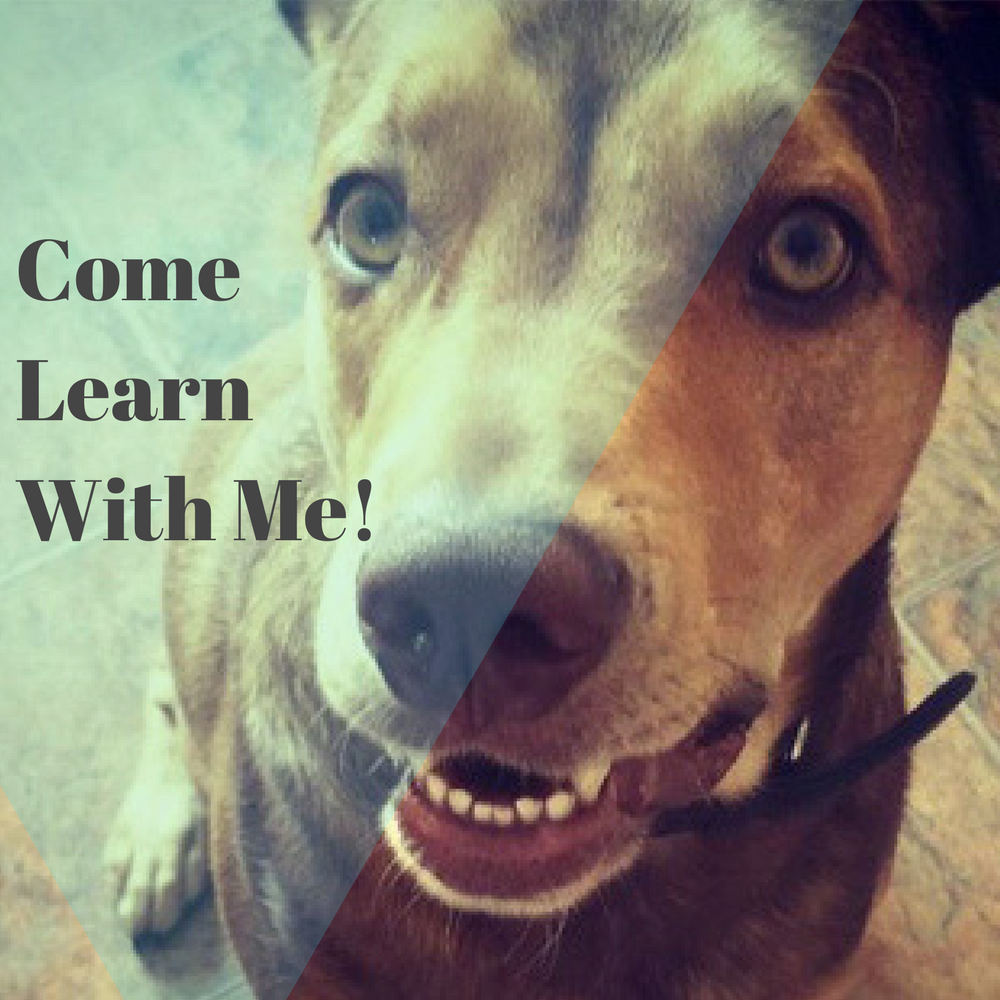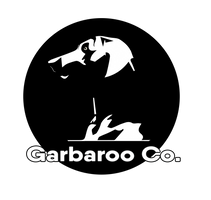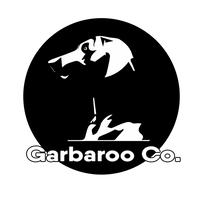
Hey Garbaroo-bers!
I hope everyone had a magical May 24 long weekend! Thanks Queen Victoria. <3
Our first Lessons by The Lake session happened on Friday, and I wanted to share some details for those who made it out and those who didn't.
We covered a technical style of drawing, known as point-to-point. It is a system of measuring, comparison and careful adjustments to bring what you're seeing to life on paper.
I'll break it down into the steps we took and show some examples from some amazing Renaissance artists, so you can see how this process works and how you can apply it to anything you'd like to draw.
Here we go!
1) First choose something static. You'll want to try to draw something that can't move. This will probably be the only time you'll hear me say that your dog is not a good subject for this drawing. Choose something with structure (we used a high heel on Friday. It won't move AND it is structurally sound), preferably man-made or a photograph. A photograph of your dog is okay!
2) Choose how your subject (what you're drawing) will fit on your paper. Will it fit better vertically or horizontally? Use your hands to make a rectangular shape or frame, look at your object and decide. This will be your framework for your drawing.
Just like this:
3) Now select the "point" of your object that stands out to you the most. Select something that you can use as a solid base, preferably the top left or right or the bottom left or right of the object.
4) Plot this interesting point on your page.
5) Now we get into the measuring and comparisons. Using your non-drawing hand, use a clear ruler (or a long pencil) and line up the edge of this interesting point with the furthest opposite point. Outstretch your arm, and use the ruler as a guide to measure the angle.
**It is extremely important to keep your elbow locked while looking at your object and measuring the angle between points. If your elbow bends, the angle will completely change and skew your drawing.**
Imagine you are creating a line from the point you're starting with and the opposite edge of the subject you're drawing.
6) When you have that angle, keep your arm locked and straight and transfer that angle to your paper, so you can mark it with a point or small line on your page. Take a close look of this drawing from Rubens. You can see some of the preliminary lines he made to measure the distance between the shoulder and hand of the subject.

If you look closely you may find more indicators of measurements.
The drawing below very clearly outlines the angles measured for this eye drawing.

7) Keep measuring and adding lines and points as you draw your subject. You will eventually see your object appear.
8) When you start creating a nice shape, begin drawing out your image, using your angles and points as guides to create and build up the shape. If you are using something structural, like a high heel, look at it from a functional stand point. Does it look odd? If it does, keep comparing your points and angles. Make sure your elbow is not moving!

Compare these subtle marks in this Leonardo Da Vinci inspired piece of work.
For homework I suggest choosing an object; a shoe, sunglasses, even your cellphone could work and practice this way of drawing.
I want to stress how important it is not to judge your work. It doesn't matter if you've been drawing forever, your practice and even your masterpiece are still learnings. So don't be hard on yourself if your drawing isn't where you think it should be. We are all learning!
If you are interested in coming out to Lessons by The Lake, check out our Facebook Group.
If you're interested in private lessons for yourself, children or a group party, visit my listing page.

